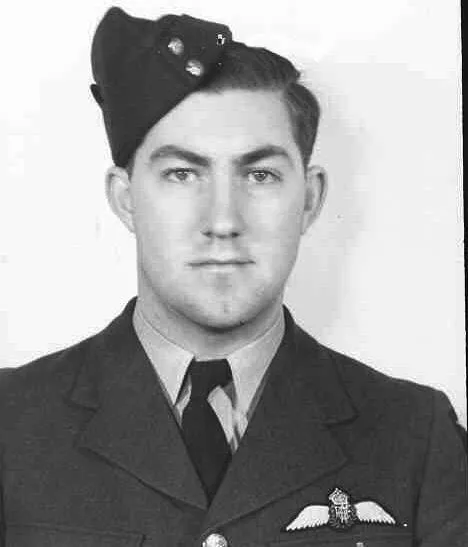North American Mitchell B-25 B-25D B-25J

Canadian Warplane Heritage Museum
The North American B-25 Mitchell is an American medium bomber that was introduced in 1941 and named in honor of Major General William "Billy" Mitchell, a pioneer of U.S. military aviation. Used by many Allied air forces, the B-25 served in every theater of World War II, and after the war ended, many remained in service, operating across four decades. Produced in numerous variants, nearly 10,000 B-25s were built.
The North American B-25 Mitchell was flown by the RCAF during and after the Second World War. The RCAF flew the B-25 Mitchell for training during the war and continued flying operations after the war, in Canada with most of 162 Mitchells received. The first B-25s had originally been diverted to Canada from RAF orders. These included one Mitchell Mk. I, 42 Mitchell Mk. IIs, and 19 Mitchell Mk. IIIs. No 13 (P) Squadron was formed unofficially at RCAF Station Rockcliffe in May 1944 and flew Mitchell Mk. IIs on high-altitude aerial photography sorties. No. 5 OTU (Operational Training Unit) at Boundary Bay, British Columbia and Abbotsford, British Columbia, operated the B-25D Mitchell in a training role together with B-24 Liberators for Heavy Conversion as part of the BCATP. The RCAF retained the Mitchell until October 1963.
No. 418 (Auxiliary) Squadron received its first Mitchell Mk. IIs in January 1947. It was followed by No. 406 (Auxiliary), which flew Mitchell Mk. IIs and Mk. IIIs from April 1947 to June 1958. No. 418 Operated a mix of Mk. IIs and Mk. IIIs until March 1958. No. 12 Squadron of Air Transport Command also flew Mitchell Mk. IIIs along with other types from September 1956 to November 1960. In 1951, the RCAF received an additional 75 B-25Js from USAF stocks to make up for attrition and to equip various second-line units.. Wikipedia and Harold Skaarup web page
CASPIR Aircraft Groups:
RCAF On Strength (164), Canadian Aircraft Losses (73), Canadian Ferried (5)Mitchell Mk. 3PT 5215
Ex USAF B-25J-25/27-NC serial number 44-30485. Received from USAF at Mobile, Alabama. To storage with Training Command at RCAF Station Saskatoon, Saskatchewan on 1 December 1951. To Advanced Flying School at Saskatoon on 7 January 1952. To North West Industries in Edmonton, Alberta for modifications and major inspection, 10 November 1952 to 27 January 1953. To storage at No. 25 Air Material Base when completed. Assigned to Central Experimental and Proving Establishment on 18 April 1953, for use at CARDE (Canadian Armament Research and Development Centre) at Valcartier, Quebec. Delivered to Valcartier on 5 May 1953, by No. 129 (A&F) Flight. To No. 6 Repair Depot on 15 July 1955, for various modifications, including installation of MN53 marker beacon system and replacement of 8 channel VHF with ARC502, and insulation of bomb bay and crew space. To CEPE at RCAF Station Rockcliffe, Ontario when completed. Struck off by this unit, possibly following an accident on 2 March 1957.
1951-11-26 Taken on Strength No. 6 Repair Depot 2019-08-20
1957-03-20 Struck off Strength 2019-08-20







 Canadian Virtual War Memorial
Canadian Virtual War Memorial Find-A-Grave.com
Find-A-Grave.com Kingston, Ontario
Kingston, Ontario





 Mitchell Bomber
Mitchell Bomber Wikipedia Mitchell Bomber
Wikipedia Mitchell Bomber Harold A Skaarup Web Page
Harold A Skaarup Web Page